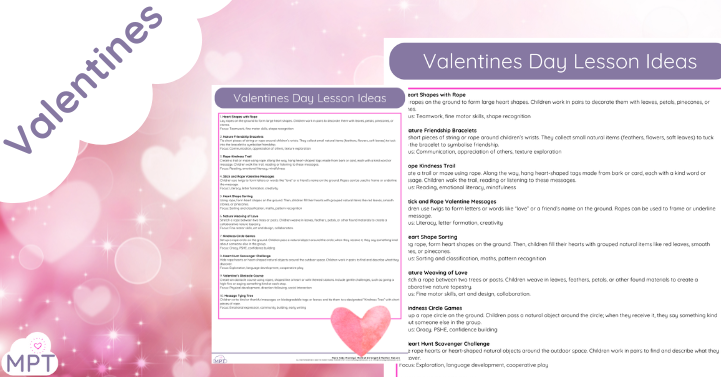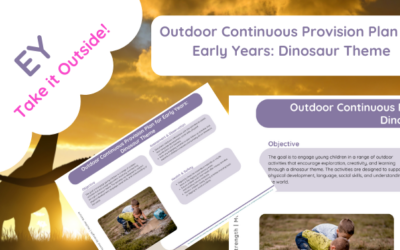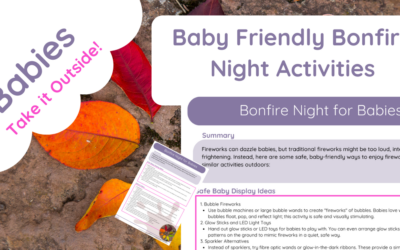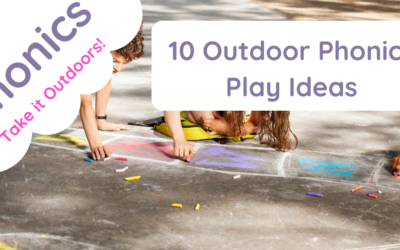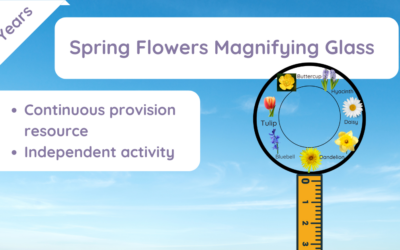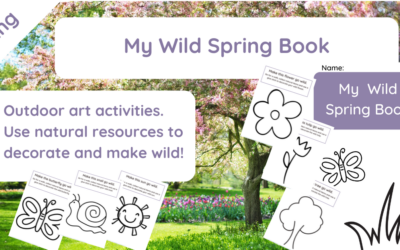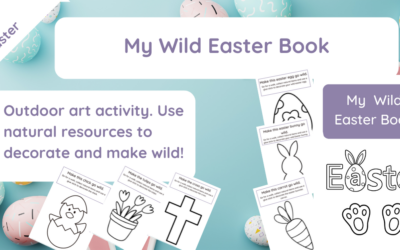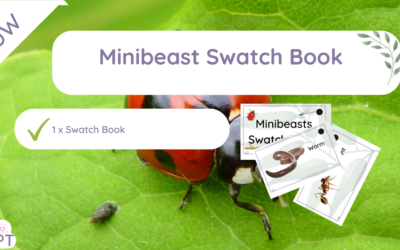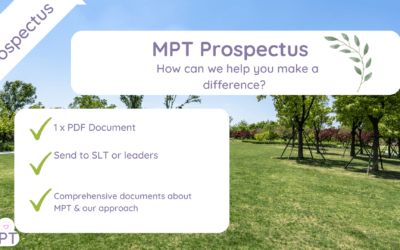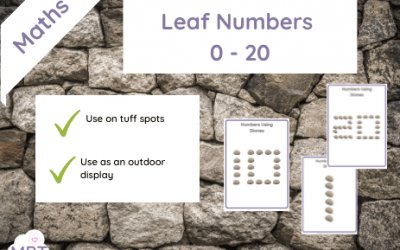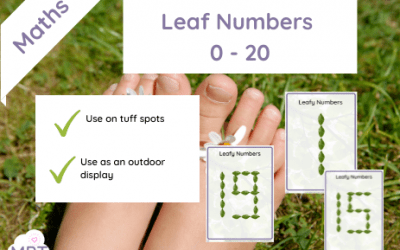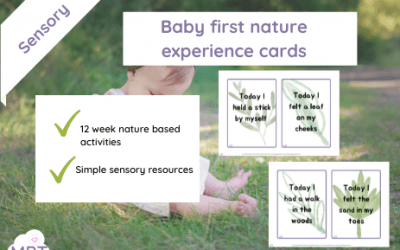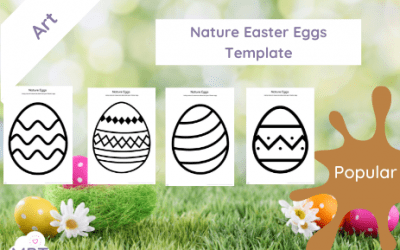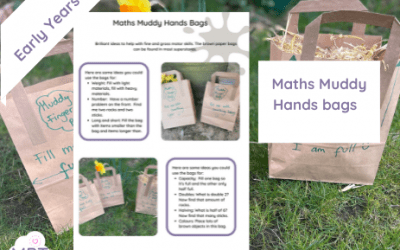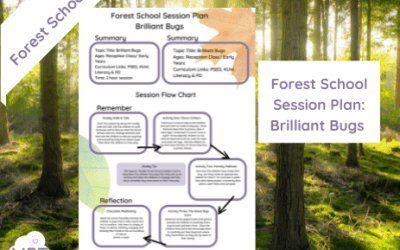Product Description: Continuous Provision Plan for Early Years Outdoors:...
Baby Safe Ideas for Bonfire Night
Nov 4, 2024
Baby-Safe Ideas for Bonfire Night: A Perfect Guide for Parents Keep your little one safe and cosy while celebrating...
10 Outdoor Phonics Play Ideas
Jun 27, 2024
Exploring Outdoor Phonics Play: Engaging Activities for Early Learners Phonics is an essential part of early childhood...
Spring Flowers Magnifying Glass
Apr 29, 2024
What does this resource include? 1 x Magnifying Glass How can I use this resource? Use Spring Flowers Magnifying...
Easter Egg Hunt EYFS
Apr 1, 2024
What does this resource include? Easter egg hunt pack 9 x clue sheets to scatter around your outdoor spaces 1 x Answer...
My Wildest Wild Book
Mar 28, 2024
What does this resource include? 6 x full-page art activities 1 x Book per child How can I use this resource? Use...
My Wild Spring Book
Mar 28, 2024
What does this resource include? 6 x Art Activities using natural materials, completed outdoors. 1 x Book per child...
My Wild Easter Book
Mar 28, 2024
What does this resource include? 6 x Outdoor Art Activities 1 x book per child How can I use this resource? Use My...
Bee Swatch Book
Jun 20, 2023
What does the Bee Swatch Book include? Instruction into how to use your muddy frame 1 x Outdoor Art Frame How can I...
Minibeast Swatch Book
Jun 20, 2023
What does this resource include? 1 x Swatch Book How can I use this resource? Hang up in your outdoor area and let...
The MPT Prospectus
Dec 5, 2022
The MPT Prospectus What does this resource include? 1 x 27-page PDF document explaining the services w have at MPT...
Subitising Numbers 0-10 (Nature Posters) (Flashcard)
May 4, 2022
Use Subitising Numbers 0-10 (Nature Posters) to gather up loose parts play that will encourage children to add nature...
Numbers in Stones (Tuff Spot/Display)
May 4, 2022
This versatile resource is going to save you time and improve the quality of your outdoor provision. Use on tuff spots...
Numbers in Leaves (Tuff Spot/Display)
May 4, 2022
Time to make early years outdoors a little easier for yourself? These cards are great to give direction for tuff...
Baby first nature experience cards
Apr 26, 2022
Baby first nature experience cards this a great nature-based flashcard set. Choose one card every week to experience...
Nature Easter Eggs Template
Apr 7, 2022
Use Nature Easter Eggs to enhance your outdoor learning, find more outdoor learning resources under your year group...
Muddy Hands Bags (Maths)
Mar 28, 2022
Time to get those little hands muddy with these innovative ideas for great fine and gross motor practice.
Forest School Session Plan – Brilliant Bugs
Mar 28, 2022
Forest School the Muddy Way! Use some of our Forest School resources to help us do the work so you get to play! Use...
New In
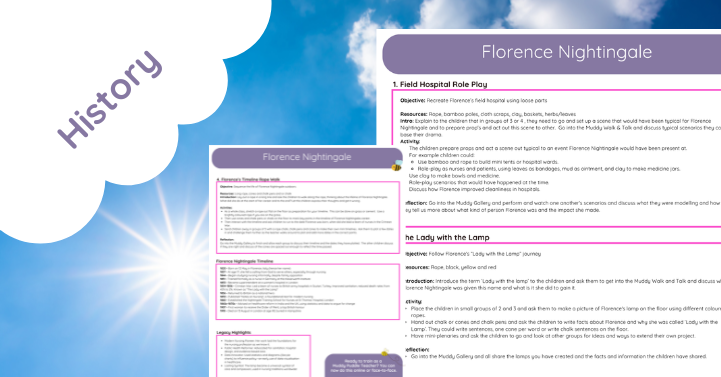
6 Florence Nightingale (KS1) Outdoor Ideas
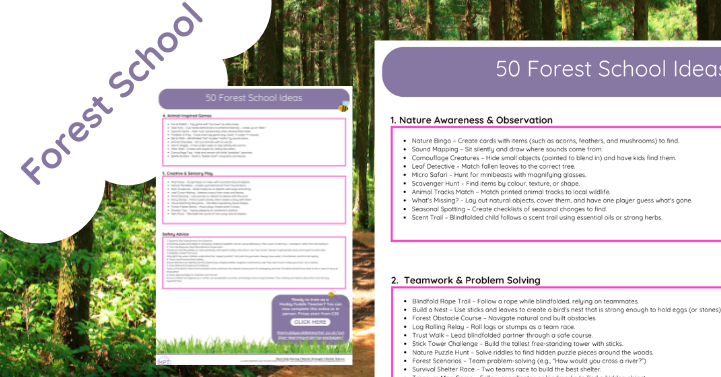
50 Forest School Games

Outdoor Volcano Lesson Ideas Pack
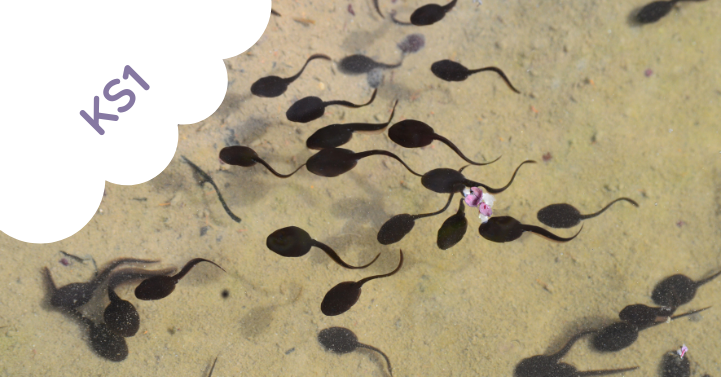
Food Chains – Outdoors
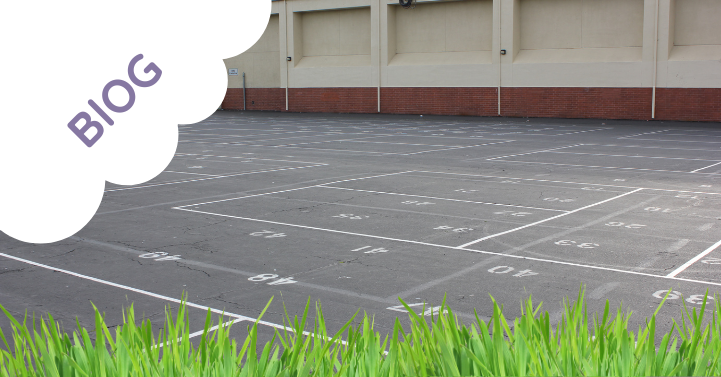
Ch Colouring Sheets
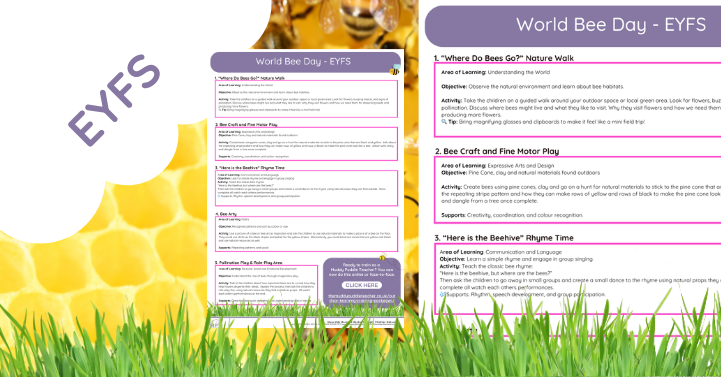
World Bee Day EYFS
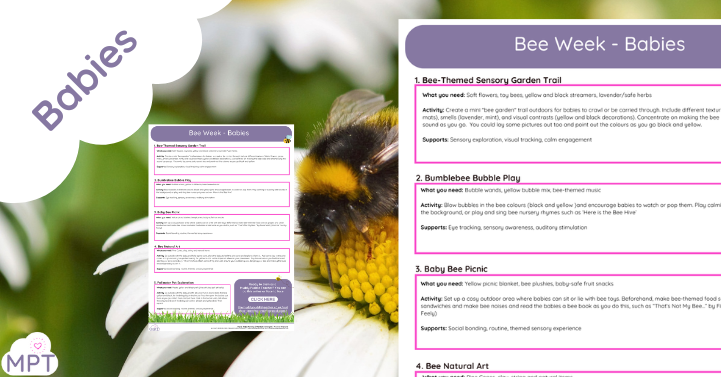
World Bee Day (Babies)

Outdoor Learning Ideas (Ropes) KS1
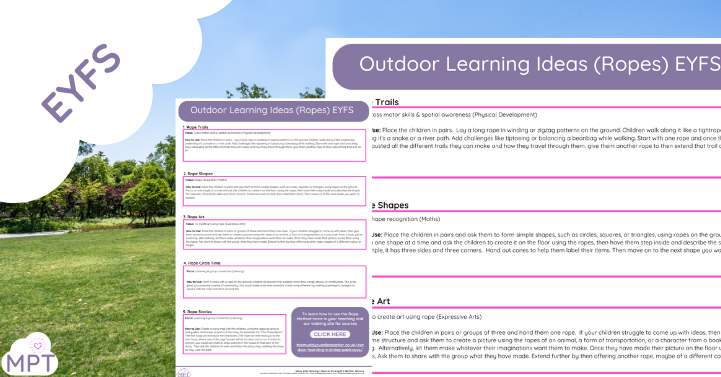
Outdoor Learning Ideas using Ropes (EYFS)
